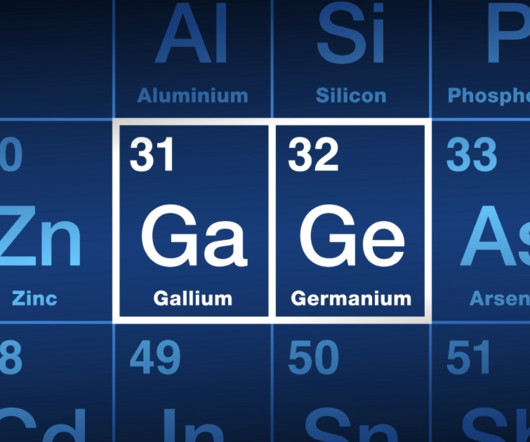Panama Canal Drought: Lower Water Levels, Higher Supply Chain Risk
Resilinc
AUGUST 30, 2023
Weight limits have also been adjusted, forcing some ships to unload and transport cargo to the other side of the canal via train—increasing transportation costs. The ACP recently stated they expect to maintain these restrictions for at least ten more months. The ACP also implemented “Condition 3” until September 2, 2023.















Let's personalize your content